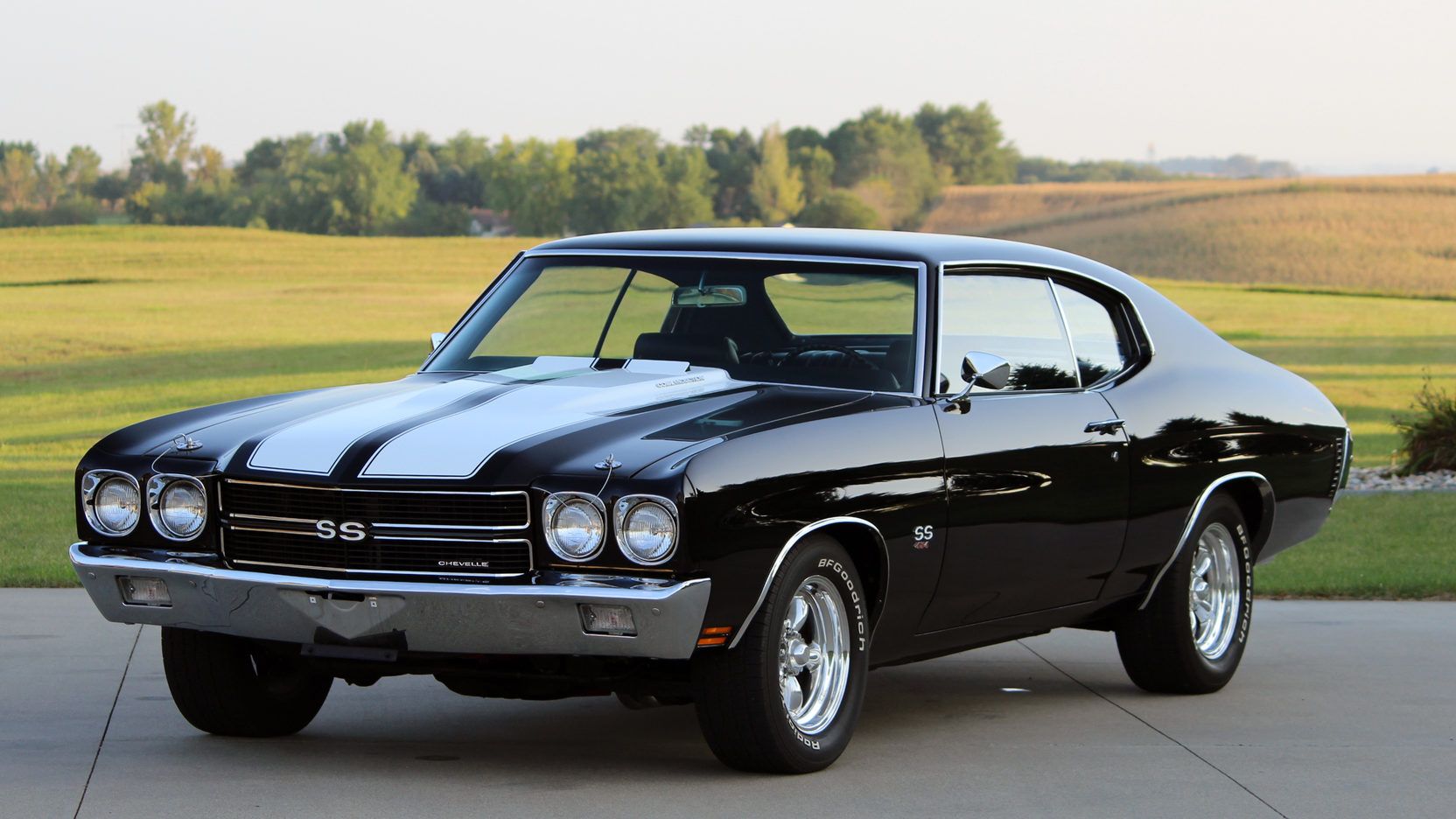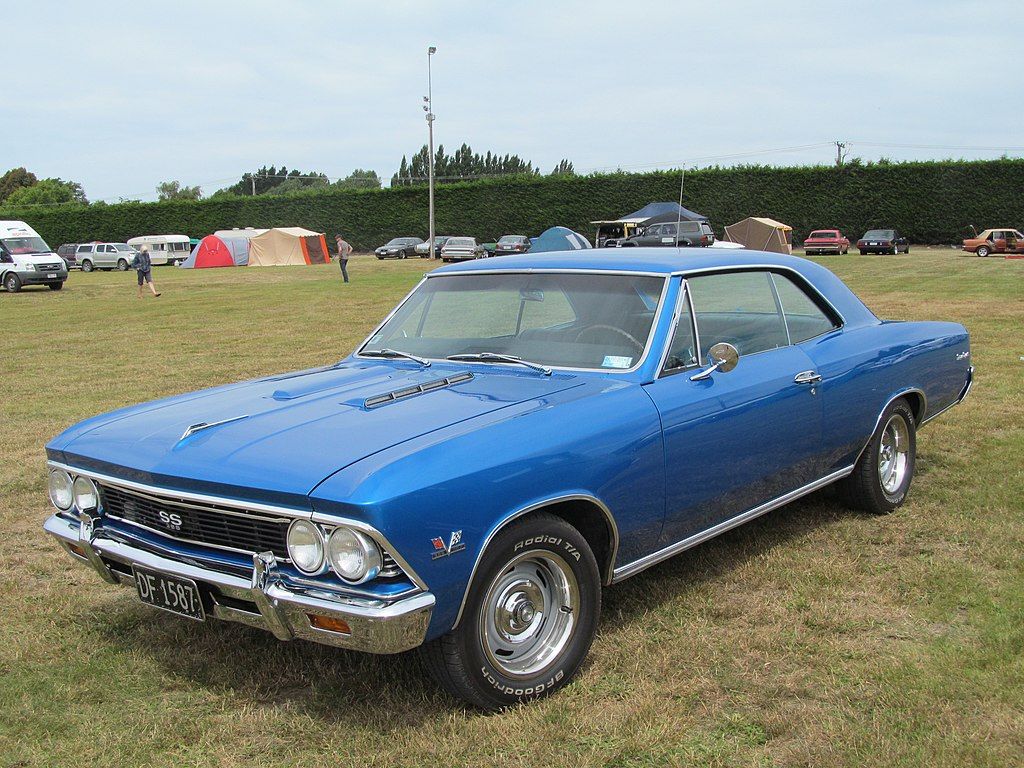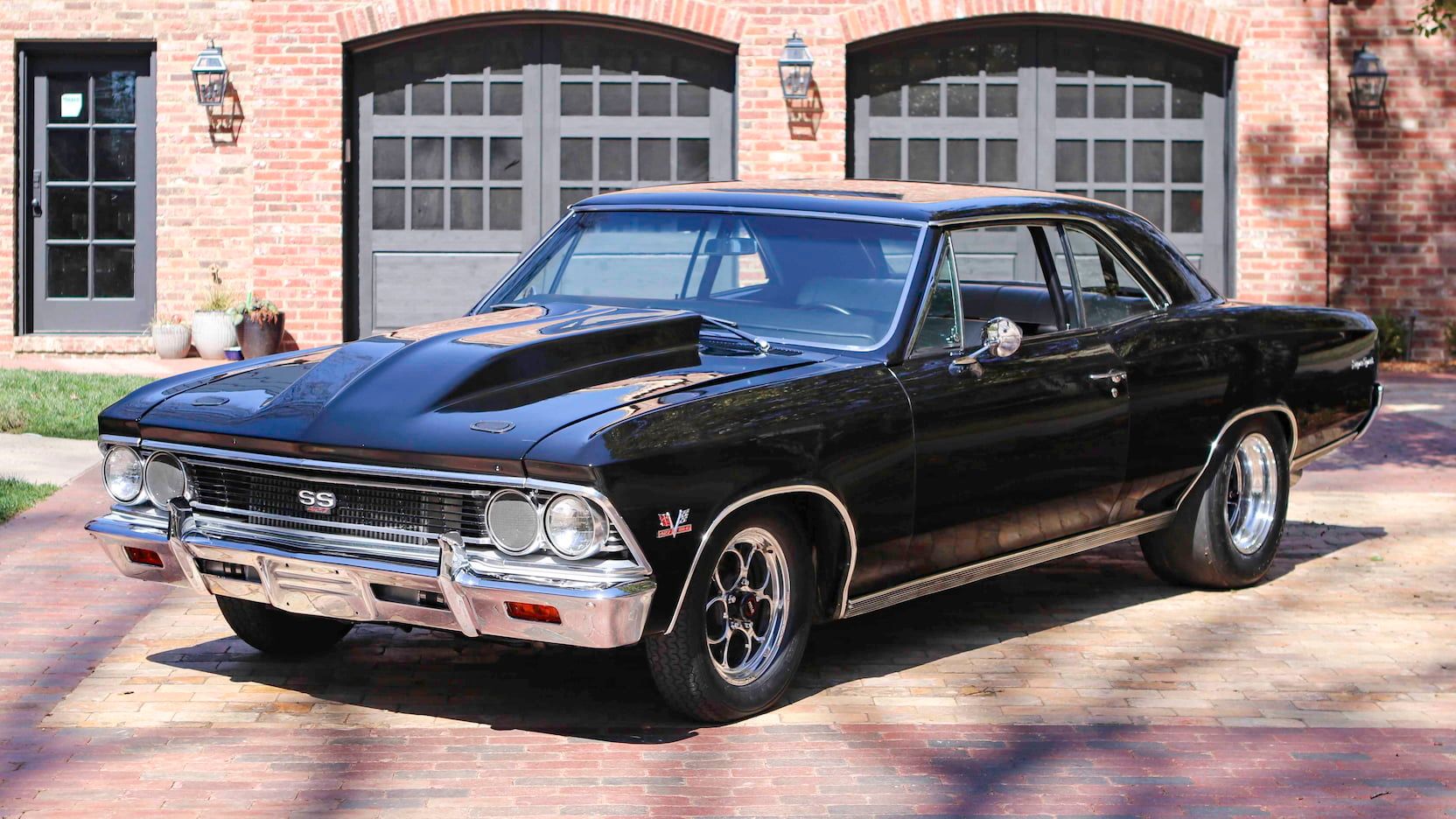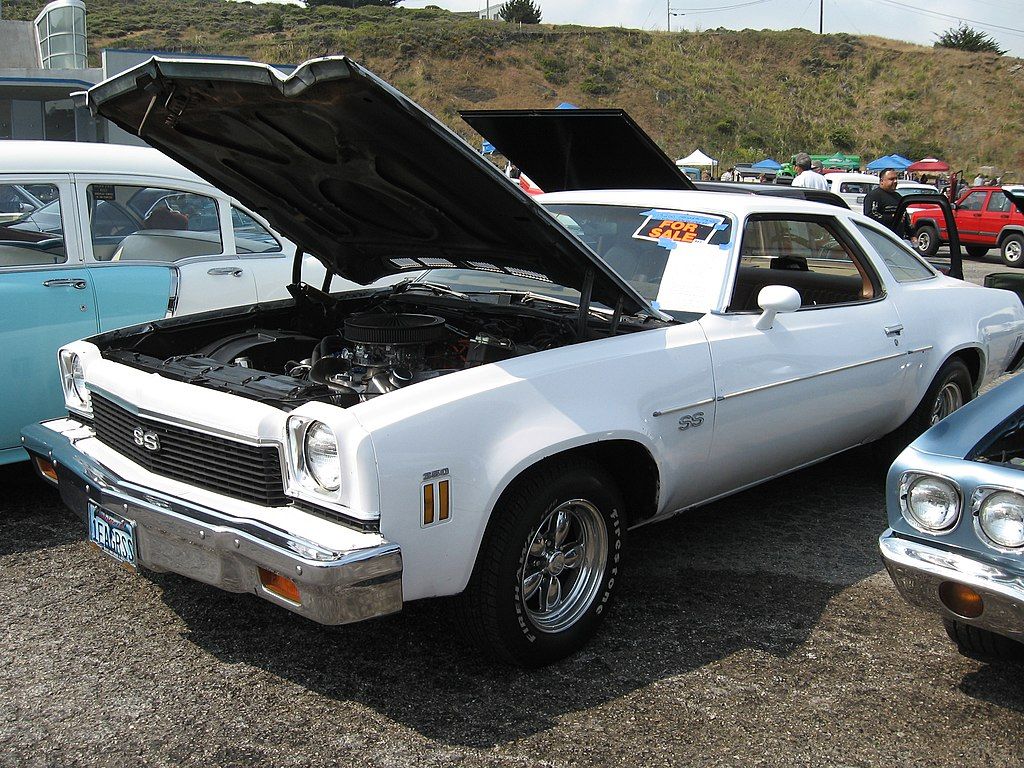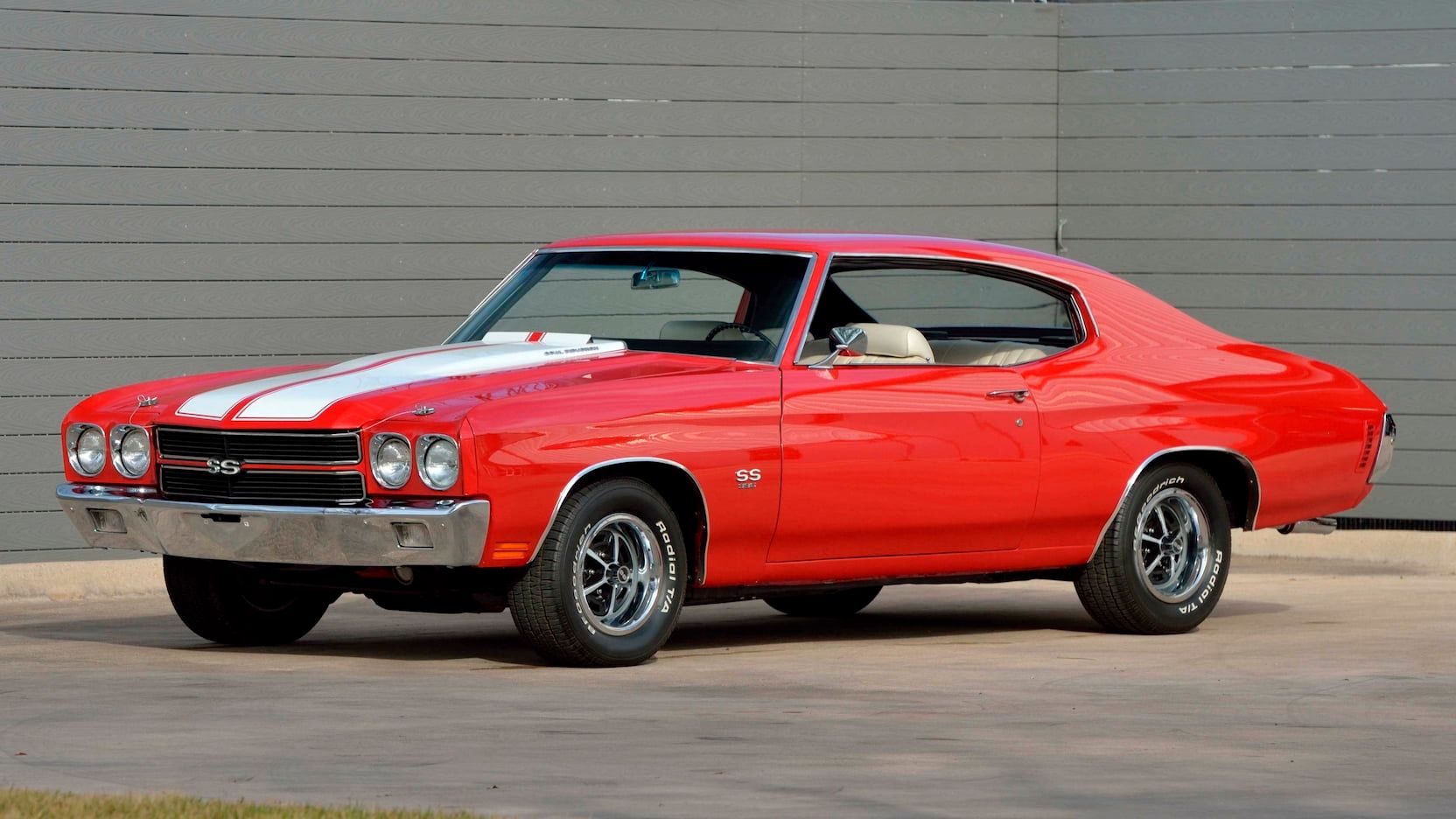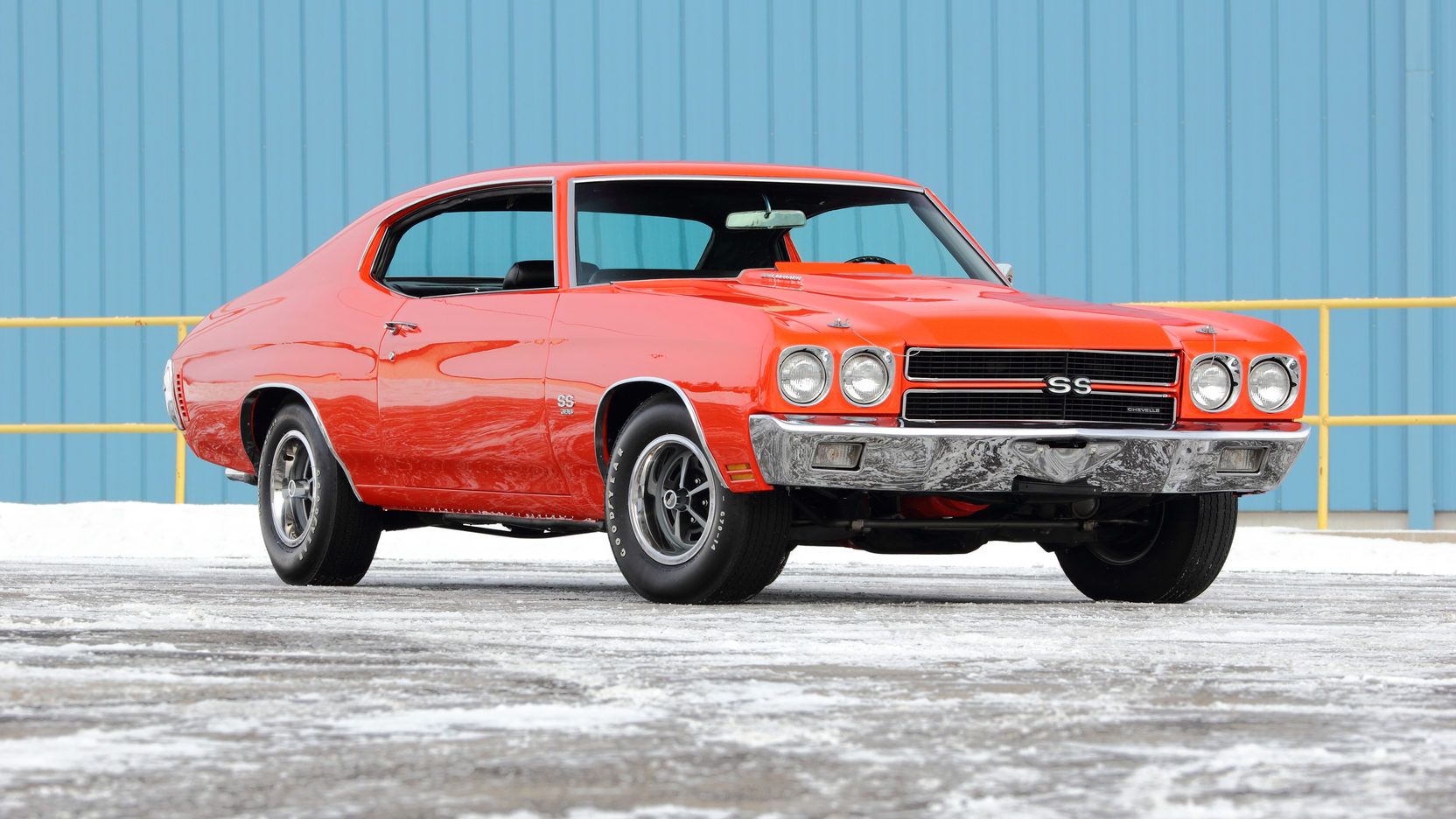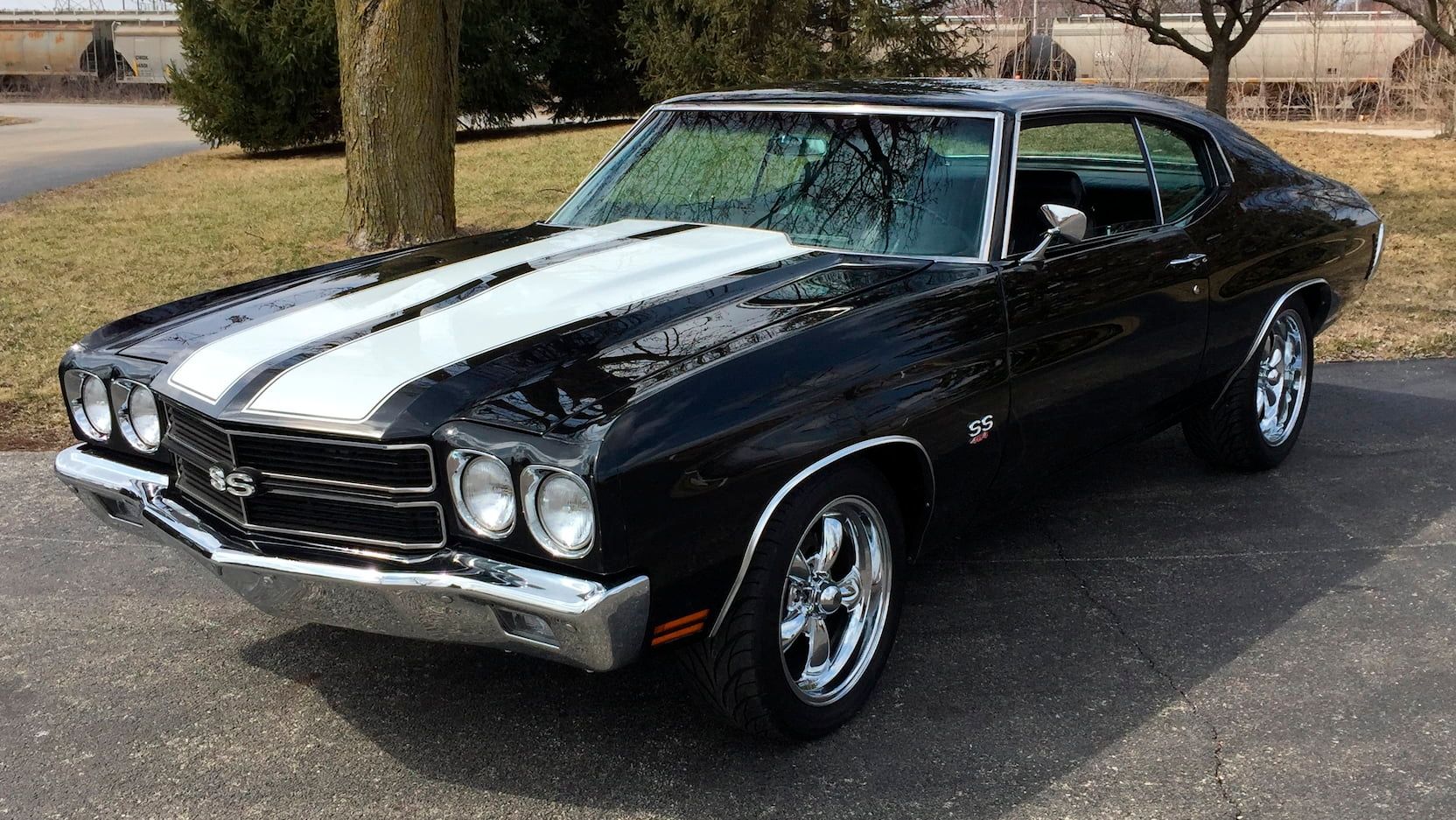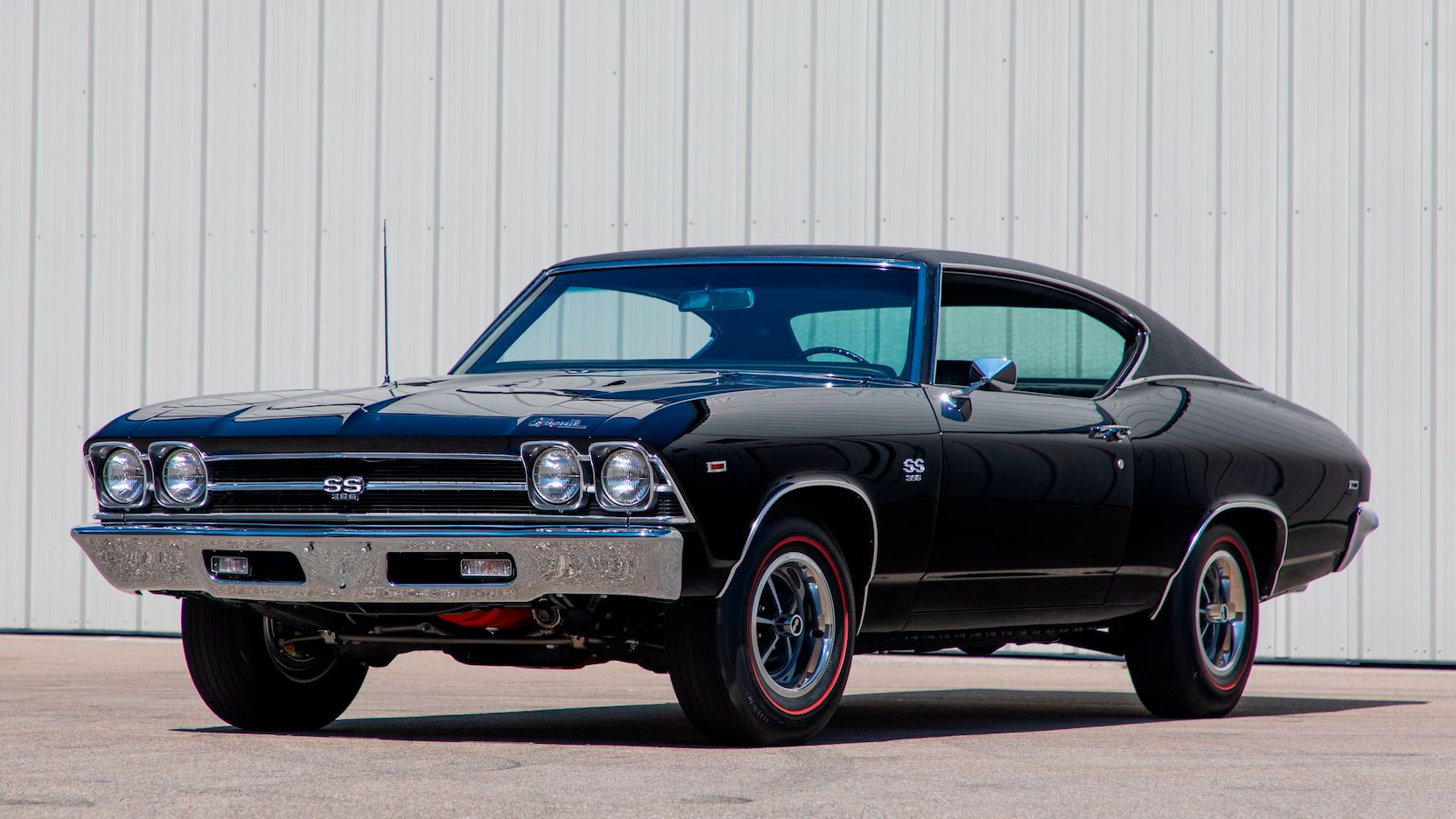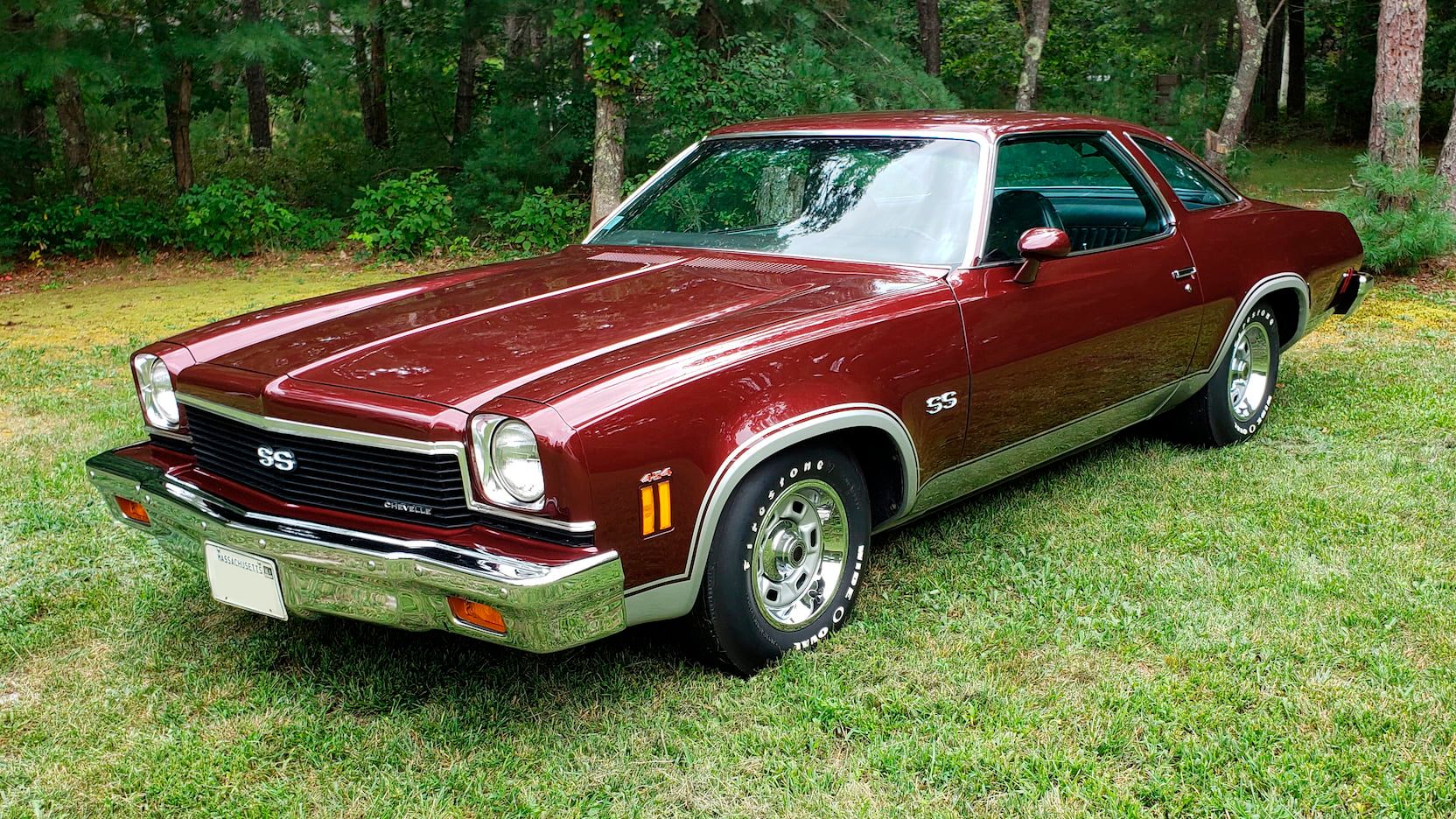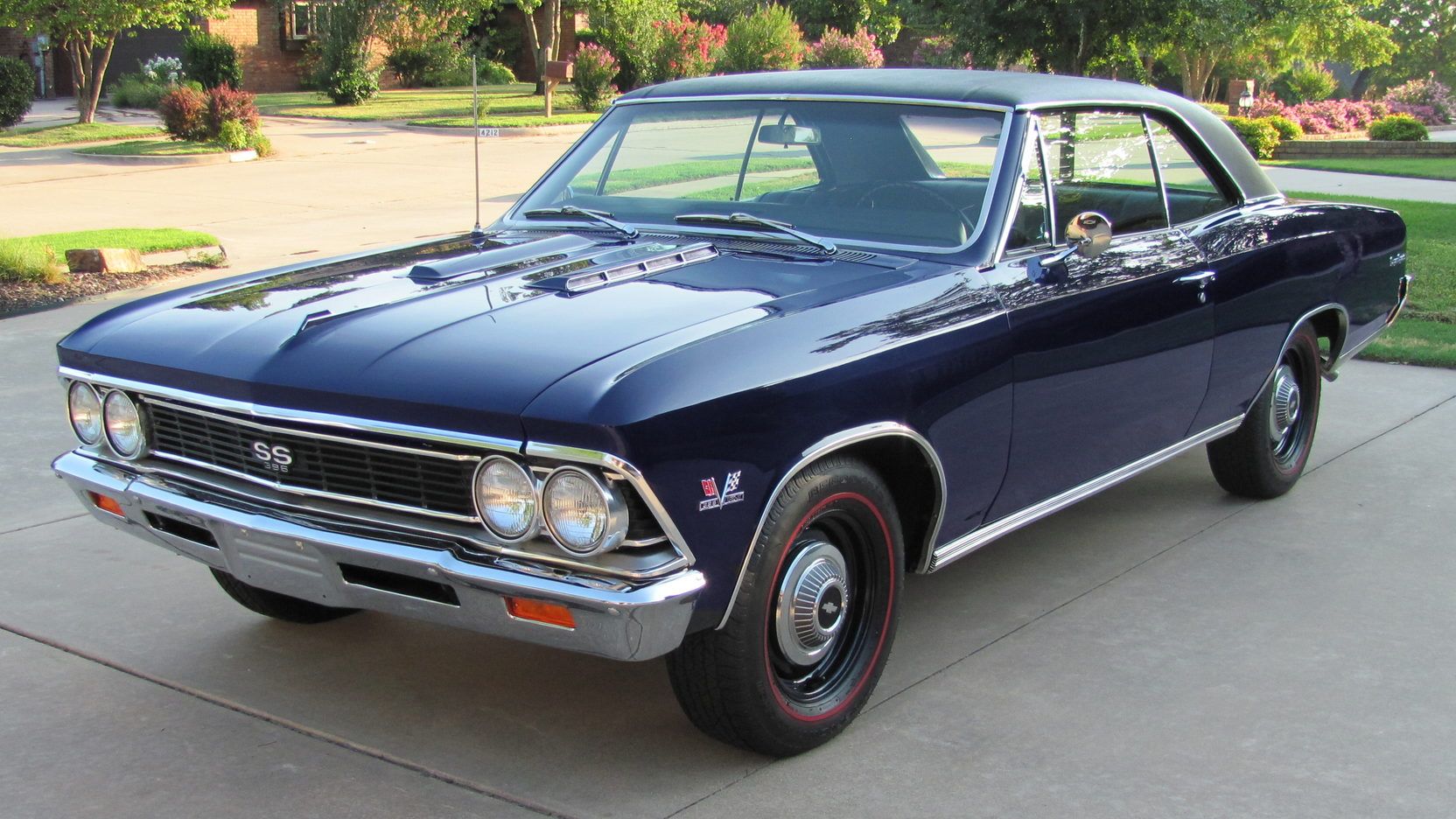One of the most loved and well-known classic muscle cars to ever hit the market is the Chevy Chevelle SS. The Super Sport designation was all it would take for a weekend of racing to end with a win or loss. Granted, many other muscle cars were cruising the roads that could give the owner of a Chevelle SS a run for their money, or pink slips when serious about racing, but none of them had the unique look and sound that the iconic Chevy had. It is always possible to learn something new about such a famous car, or to be reminded of something that has been forgotten, so let's jump behind the wheel of the Chevrolet Chevelle SS and discover things that every muscle car enthusiast has to know about the beast on wheels.
10 Chevelle SS Was A Chevy Malibu Sport Coupe, But Better
The Chevelle SS was so similar to the Chevy Malibu in the first couple of years of production that they even had the Malibu nameplates stamped on them. But as the Chevelle gained traction and became its own unique model in 1966, it rose above its old nameplate. The Chevelle SS still continued to use the base platform that the Malibu Sport Coupe used, offering the car a reinforced frame and upgraded front suspension, but the Chevelle went beyond with exterior trim, such as the simulated hood scoop and bright molding, to make it better through eye appeal.
9 The Hood Tells The Tale Of The Chevelle SS Or Malibu
In the beginning years of the Chevelle SS, it was still a part of the Malibu lineup, which is why the designers knew that they had to make something different between the two. Even if it was something small that only hard-core Chevy lovers would know. In this instance, the telltale sign the carmaker decided to go with was the hood. If the SS Chevelle is not equipped with a cowl injection hood, there will be a large bump in the center of the hood, protruding outward to give the carburetor a little extra breathing room.
8 Chevrolet Chevelle SS Came With Engine Options
Throughout the years of the Chevelle SS, many different engines were available to order when purchasing from the factory. The first to be slid under the hood was the 220 horsepower 283, followed by the 327, which could push out 300 horses. The 350 small block was one of the most popular with muscle car lovers because it had plenty of power right out of the gate, but parts were so accessible that it could be built to produce even more power and torque with a bit of knowledge and a few tools. The Chevelle went through times when every engine created could be fit into the engine bay, but not until 1970 was the best option made available.
7 Lifting Of GM's Displacement Ban Brought Out The Big Block
For the 1970 model year, GM lifted its ban on displacement, so like all the other GM manufacturers, Chevy placed the biggest engine they had into the Chevelle. That engine was the loud, mind-blowing 454 that could produce 450 horses when paired with the 800 CFM Holley four-barrel carburetor. What many may not remember, however, is that there were two options of 454 available. The one mentioned and the slightly smaller version that only produced 360 horsepower. They both had plenty of power, but the difference was substantial once a Holley was bolted on top of the intake, and a few minor changes were made inside the block and heads.
6 The Mighty LS6 Created The Need For Mandatory Upgrades
Many muscle cars fell to the competition because the engine pushed out more power and torque than the rest of the vehicle could handle. Twisted frames, broken motor mounts, and snapped drivelines were not uncommon to see when in the middle of an all-out drag. When Chevy designed the Chevelle, the engineers knew that the car would have to hold up to some heavy use, which is why the suspension and drivetrain were offered with mandatory upgrades, and the frame was reinforced to handle the twisting torque of the mighty LS6.
5 Innovative Air Intake Systems Made The Chevelle SS A Beast
Air is an essential aspect of a big engine built for power, which is why an air intake is so important. Today, there are a few different ways air is fed to the engine, but in the '60s and '70s, all drivers had was to have a blower or hood-based air intake. The Chevy Chevelle SS took this concept to another level with a cowl induction hood and a power flap. The cowl induction would force air into the fuel system when power was needed, but when the pedal was to the metal, and all the available power was required, the power flap would open and add even more cold air into the fuel mixture.
4 Late Model '69s Named SS 396 Actually Had A 402 V-8
The Chevrolet Chevelle SS was most well known for the 454 big block V-8 that topped the car's power band, but another option was available. The 396 SS car had a little less power, drank a little less gas, and gave a power option to those with a little less income to spend. In the second half of 1969, the engine was upgraded to actually become a 402 V-8, but since it was more confusing to officially change the description, Chevy left it as the 396 that could simply push out a few more horses at the same lower initial buying cost.
3 Starting In 1971, The SS Badge Was More Look Than Power
The 1970s were a rough year for all the muscle car companies because of the new regulations and the ever-increasing cost of insurance for the car industry based on the car's horsepower rating. The 1971 Chevy Chevelle did not come with the larger LS6 option, but it could still be ordered with the base level 454 as long as the owner was willing to pay the inflated insurance charges to go along with it. As 1972 rolled on, the engine lost even more horsepower, falling all the way down to around 270 horsepower, making the SS badge more for show than for power.
2 Chevy Chevelle SS Is Famous On The Big Screen
One of the best ways to make a car famous is to put a world-renowned movie star behind the wheel and light up the streets of any movie they have a role in. The Chevrolet Chevelle SS was just such a car, boosting it into fame on the big screen and on the streets. A few well-known movies and TV series the vehicle can be found in are Supernatural, Wild America, Devil Girl, Teenage Mother, Dessert of Blood, Hawaii Five-O, Fury of the Dragon, NCIS, and many more.
1 The Chevelle SS Was Dubbed The "King Of The Muscle Cars"
The 1970 Chevrolet Chevelle SS has been dubbed "The King of the Muscle Cars" because it had the biggest, most powerful engine in 1970. Unfortunately, until some of the current innovative technology brought these fire-breathing cars back to life, '70 was the pinnacle of the classic muscle car era. Since the Chevelle was the top dog during the year and for many years afterward, it can arguably be stated that the SS Chevy Chevelle was the true King of the streets.
FAQ
Q: What engine did the Chevy Chevelle SS have?
That would ultimately depend upon the year and what the first owner chose to have because every engine that Chevy made was available in the SS. This includes every engine that Chevy produced during the years of production, but the most famous was the 450 horsepower 454 big block V8.
Q: Why was the 454 not used in the Chevelle before 1970?
Up until 1970, GM had a ban on large displacement engines being placed in any cars except for the large models. Since the Chevelle was mid-sized, the large big block could not be placed under the hood until 1970, when the ban was lifted.
Q: Was the cowl-injection hood functional on the Chevelle SS?
The cowl injection hood on the Chevy Chevelle SS was functional, feeding the engine more air when needed to produce excessive power. An engine cannot run at optimal performance levels if the air-to-fuel mixture is not correct, so when the big 454 was slid under the hood, more air had to be supplied.
Q: How much is a 1970 Chevelle SS worth today?
One must look through some of the most current auction sales to find the most accurate valuation of any classic car. In this case, Bring a Trailer recently sold a 1970 Chevelle for $71k, which gives you a reasonable estimate of how much one is worth on the market today.

